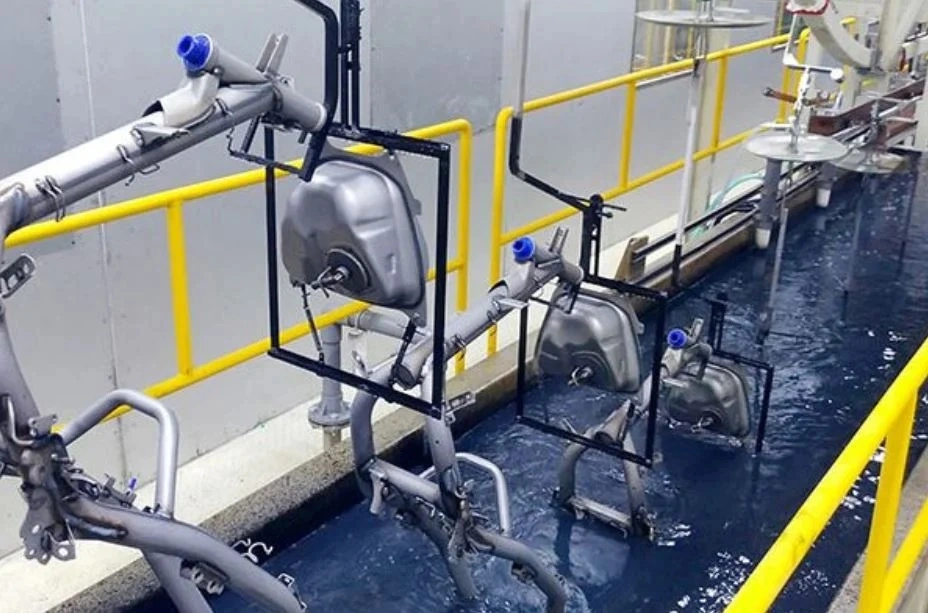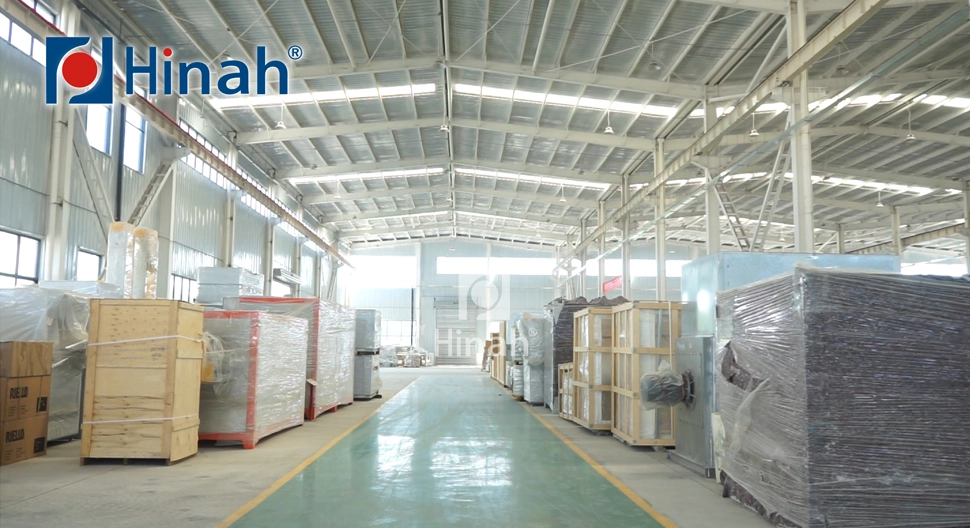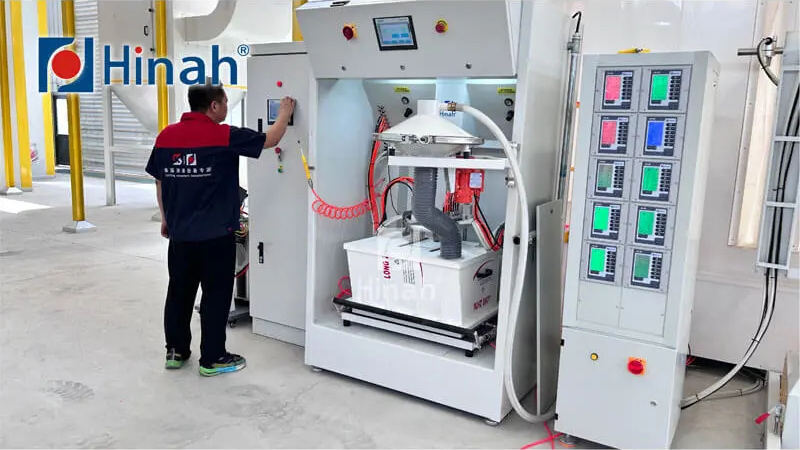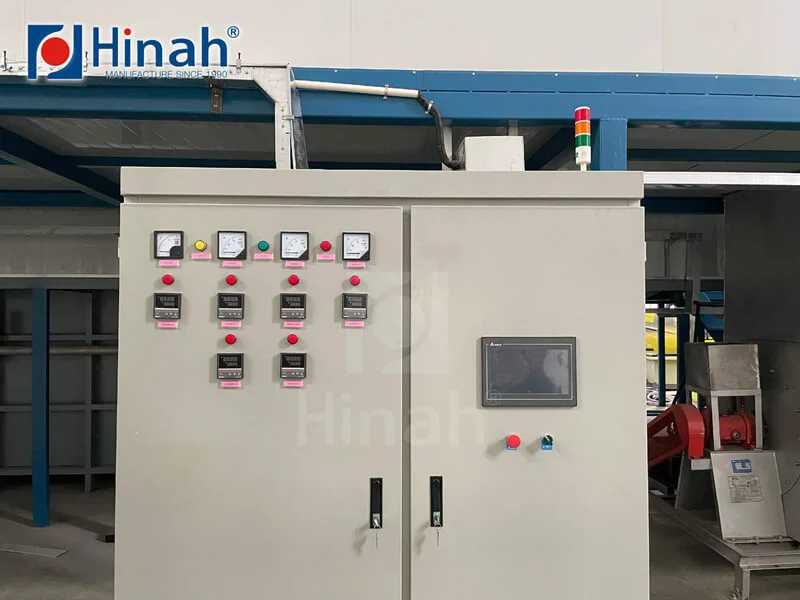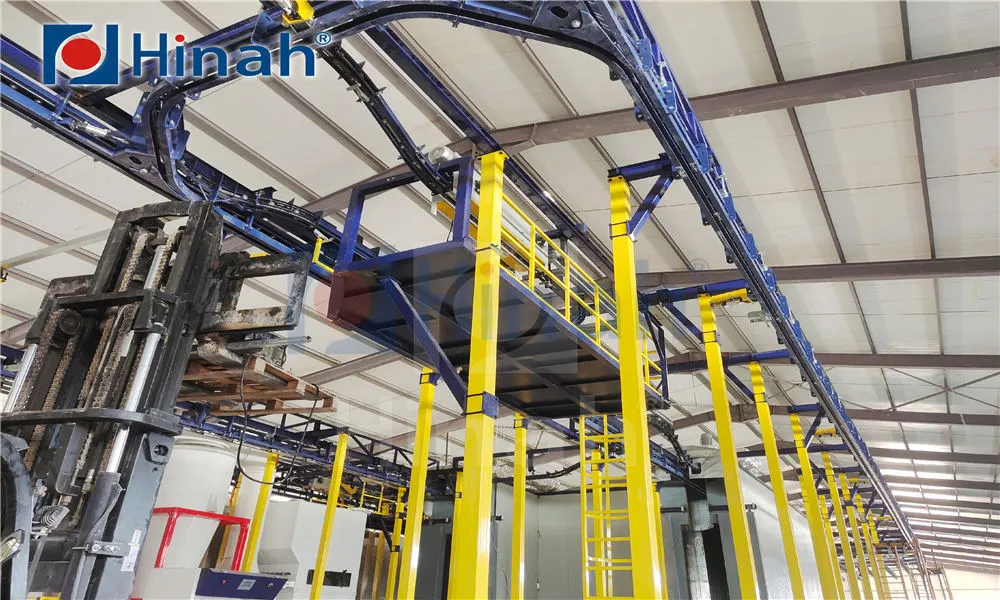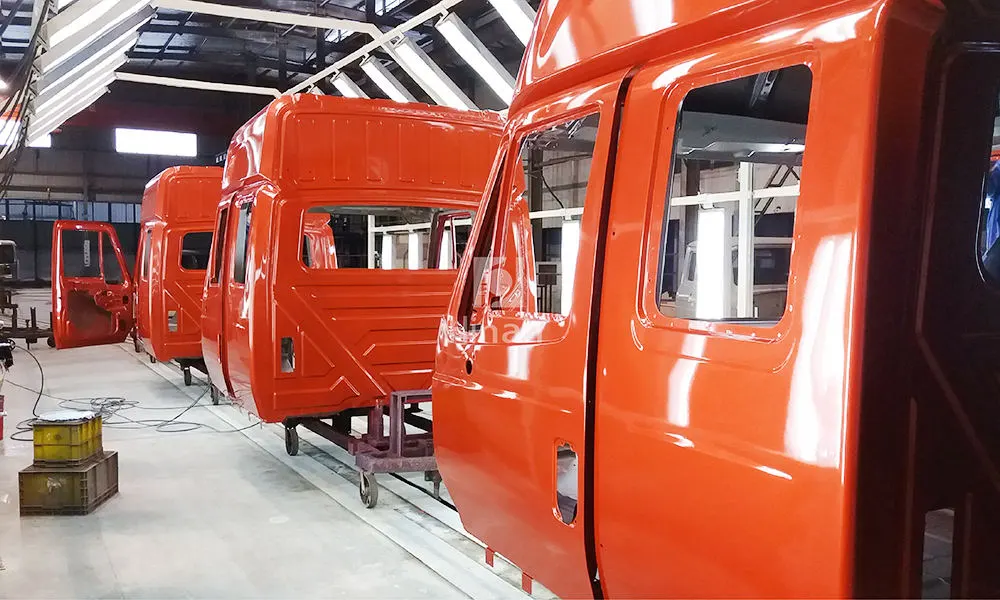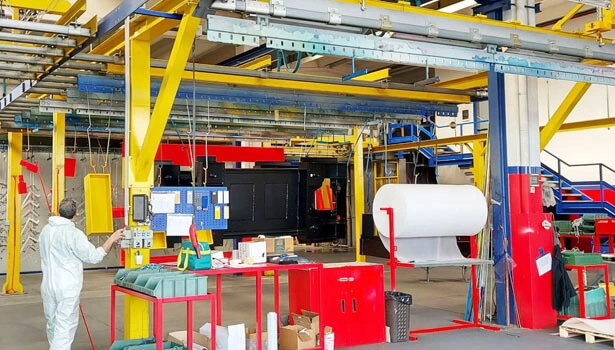In the world of industrial finishing, paint drying ovens play a pivotal role in ensuring that coated surfaces achieve durability, aesthetics, and longevity. These specialized ovens are essential for curing paints, powders, and coatings through controlled heating processes. As the demand for high-quality finishes grows across sectors like automotive, aerospace, and manufacturing, understanding paint drying ovens becomes crucial for optimizing production lines. This article delves into the intricacies of paint drying ovens, exploring their functionality, types, applications, benefits, and key selection criteria. By the end, you'll have a comprehensive grasp of how these systems drive efficiency in powder coating operations.
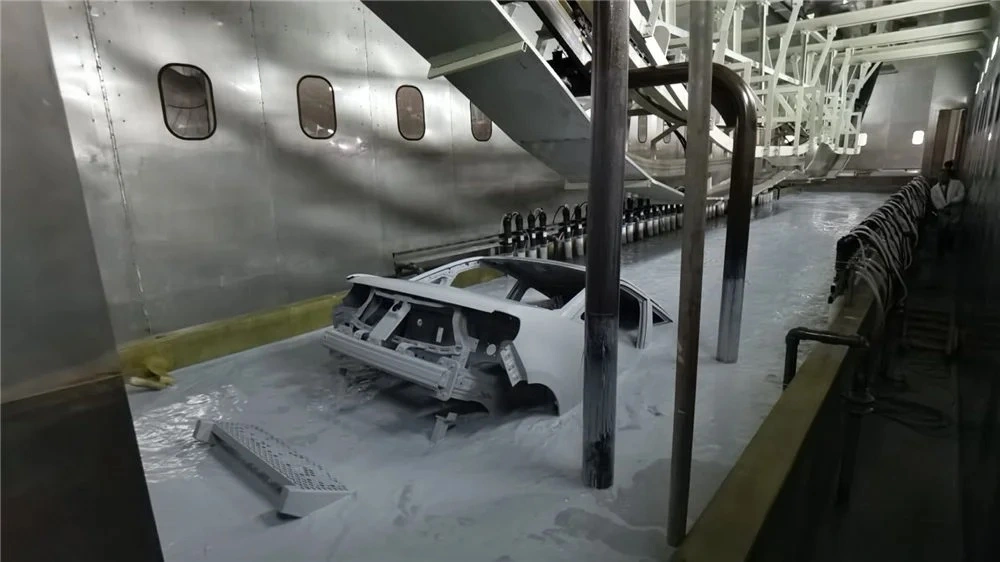
What Are Paint Drying Ovens?
Paint drying ovens are industrial heating systems designed to cure or dry applied coatings, such as liquid paints or powder coatings, by exposing them to controlled temperatures. Unlike simple drying methods, these ovens facilitate chemical cross-linking in the coating material, resulting in a hard, durable finish. In powder coating, for instance, the oven melts the powder particles and fuses them into a continuous film. Paint drying ovens are engineered to handle various sizes and shapes of products, from small components to large assemblies, ensuring uniform curing without defects like bubbles or uneven texture. They are a cornerstone of modern finishing lines, integrating with pretreatment and application stages to deliver consistent results. By using precise temperature and airflow controls, paint drying ovens minimize energy consumption while maximizing throughput, making them indispensable in industries where finish quality impacts product performance and customer satisfaction.
The design of paint drying ovens often includes insulation materials to retain heat, ventilation systems to manage fumes, and sensors for monitoring conditions. Whether used in batch or continuous processes, these ovens adapt to diverse production needs. As environmental regulations tighten, modern paint drying ovens also incorporate features to reduce emissions and improve sustainability. Overall, paint drying ovens represent a fusion of thermal engineering and coating science, enabling manufacturers to achieve superior finishes efficiently.
How Paint Drying Ovens Work
The operation of paint drying ovens revolves around heat transfer mechanisms that cure coatings uniformly. Typically, the process begins after a product is coated with paint or powder. The item enters the oven, where it is subjected to elevated temperatures for a specific duration. Heat can be delivered through convection, radiation, or a combination of both. In convection-based paint drying ovens, heated air is circulated around the product using fans, ensuring even temperature distribution. This method is ideal for complex geometries, as it minimizes hot spots. Conversely, infrared paint drying ovens use electromagnetic radiation to directly heat the coating surface, offering faster cure times for flat or simple shapes. The choice between methods depends on factors like product material, coating type, and production speed.
Temperature control is critical in paint drying ovens; too low, and the coating may not fully cure, leading to poor adhesion; too high, and it can cause discoloration or damage. Modern systems employ programmable logic controllers (PLCs) to maintain precise settings, often with zones for preheating, curing, and cooling. For powder coating, the oven typically heats the product to around 150-200°C (300-400°F), melting the powder into a smooth film. Airflow management in paint drying ovens also prevents contamination by removing volatile organic compounds (VOCs). By optimizing these parameters, paint drying ovens ensure that coatings achieve desired properties like hardness, gloss, and corrosion resistance. This efficiency not only boosts productivity but also reduces rework, underscoring the importance of understanding the working principles of paint drying ovens.
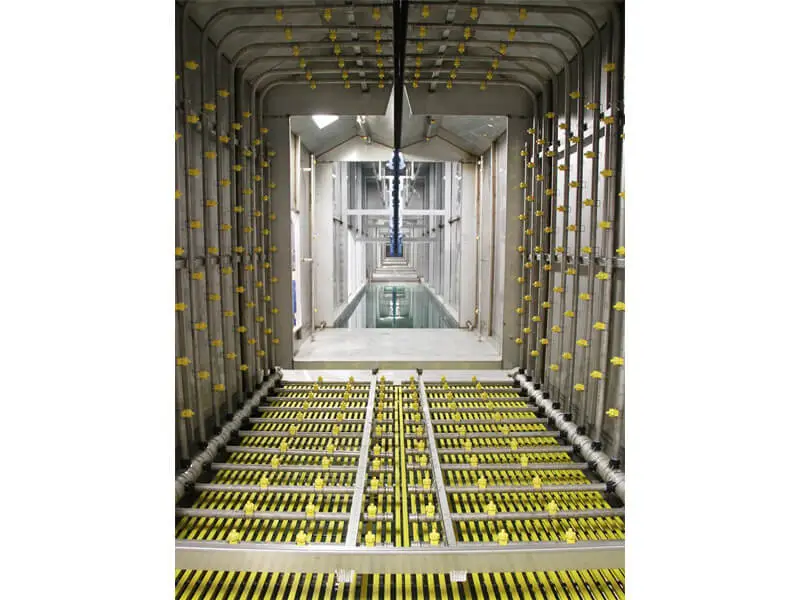
Types of Paint Drying Ovens
Paint drying ovens come in various configurations to suit different industrial needs. The primary types include batch ovens and continuous ovens. Batch paint drying ovens are designed for low-to-medium volume production, where products are loaded in batches, cured, and unloaded. They are versatile and cost-effective for custom jobs or small parts. Examples include cabinet ovens and truck-in ovens, which offer flexibility in temperature and cycle adjustments. On the other hand, continuous paint drying ovens are integrated into conveyorized lines for high-volume operations. These include monorail, belt, or overhead conveyor systems that move products through heating zones non-stop. This type maximizes throughput and is common in automotive or appliance manufacturing.
Another classification is based on heating technology: convection ovens, infrared ovens, and combination systems. Convection paint drying ovens use forced air to transfer heat, making them suitable for uneven surfaces. Infrared paint drying ovens, as mentioned, provide rapid heating by radiation, ideal for uniform substrates. Hybrid paint drying ovens merge both methods for efficiency gains. Additionally, there are electric, gas, or oil-fired ovens, with electric ones being cleaner and gas ones more economical for large scales. Specialty paint drying ovens include walk-in models for large items or cleanroom versions for sensitive environments. When selecting a type, factors like energy efficiency, space constraints, and coating requirements must be considered. By offering diverse options, paint drying ovens cater to a broad spectrum of powder coating applications, ensuring that every manufacturer can find a fit for their process.
Applications in Powder Coating
In the powder coating industry, paint drying ovens are indispensable for achieving a resilient, decorative finish. Powder coating involves applying a dry powder electrostatically to a surface, which is then cured in a paint drying oven to form a protective layer. This method is preferred for its environmental benefits, as it produces minimal waste and emits few VOCs. Paint drying ovens enable this by providing the necessary heat to melt and flow the powder, creating a uniform coat that resists chipping, fading, and corrosion. Applications span numerous sectors: in automotive manufacturing, paint drying ovens cure parts like wheels and frames; in furniture, they ensure scratch-resistant surfaces; and in architectural projects, they protect metal structures from weathering.
The versatility of paint drying ovens allows them to handle various substrates, including metal, plastic, and wood, with adjustments in temperature and time. For instance, in industrial equipment coating, paint drying ovens help meet stringent durability standards. They also support custom finishes, such as textures or gloss levels, by allowing precise control over the curing process. Moreover, as powder coating gains traction for its sustainability, paint drying ovens are evolving to incorporate energy recovery systems, reducing the carbon footprint. By facilitating high-quality finishes, paint drying ovens not only enhance product appeal but also extend lifespan, making them a cornerstone of modern coating operations. Their role in powder coating underscores the need for tailored oven solutions in diverse industrial settings.
Benefits of Using Paint Drying Ovens
The adoption of paint drying ovens brings numerous advantages to industrial coating processes. Firstly, they significantly improve efficiency by reducing curing times compared to air drying. This acceleration boosts production rates and lowers labor costs. Secondly, paint drying ovens ensure consistency in finish quality, eliminating variations that can occur with manual methods. Uniform heating prevents defects, leading to higher customer satisfaction and fewer rejects. Energy efficiency is another key benefit; modern paint drying ovens are designed with insulation and heat recovery features that minimize power consumption, aligning with green manufacturing goals.
Durability is enhanced through proper curing, as paint drying ovens promote complete cross-linking of coatings, resulting in superior adhesion and resistance to environmental stressors. This translates to longer product life and reduced maintenance. Safety is also paramount; paint drying ovens incorporate fume extraction systems to protect workers from harmful emissions. Additionally, their scalability allows businesses to start with small batch ovens and upgrade to continuous systems as demand grows. From a economic perspective, investing in paint drying ovens can lead to rapid ROI due to increased throughput and lower waste. Overall, the benefits of paint drying ovens make them a smart choice for any powder coating operation aiming for excellence.
Key Considerations When Choosing a Paint Drying Oven
Selecting the right paint drying oven requires careful evaluation of several factors to match specific production needs. Size and capacity are primary; the oven must accommodate the largest products without compromising airflow. For high-volume lines, continuous paint drying ovens are preferable, while batch ovens suit varied workloads. Heating method is another critical aspect—convection for complex shapes, infrared for speed. Energy source (electric, gas, etc.) impacts operating costs and environmental compliance, so consider local regulations and utility rates.
Temperature range and control precision are vital for different coatings; ensure the paint drying oven can maintain consistent temperatures with minimal fluctuation. Automation features, like PLCs, can enhance repeatability and reduce human error. Ventilation and emissions control are essential for workplace safety and regulatory adherence. Budget constraints also play a role; while initial costs matter, factor in long-term savings from energy efficiency and durability. Lastly, supplier support for maintenance and parts ensures longevity. By addressing these considerations, businesses can invest in paint drying ovens that optimize their powder coating processes, delivering reliable performance for years to come.
Maintenance and Best Practices for Paint Drying Ovens
Proper maintenance of paint drying ovens is crucial for sustained performance and longevity. Regular inspections should include checking heating elements, fans, and insulation for wear. Cleaning air filters and ducts prevents buildup that could affect airflow and efficiency. Calibrating temperature sensors ensures accuracy, avoiding under- or over-curing. Lubricating moving parts in conveyorized systems reduces friction and downtime. It's also important to monitor energy consumption to identify issues early. Best practices involve training operators on safe usage and scheduling preventive maintenance annually. By adhering to these steps, paint drying ovens can operate at peak efficiency, minimizing disruptions in powder coating operations.
In conclusion, paint drying ovens are vital assets in industrial finishing, offering precision, efficiency, and quality. From their working principles to selection criteria, understanding these systems empowers manufacturers to elevate their coating processes. As technology advances, paint drying ovens will continue to evolve, driving innovation in powder coating worldwide.


